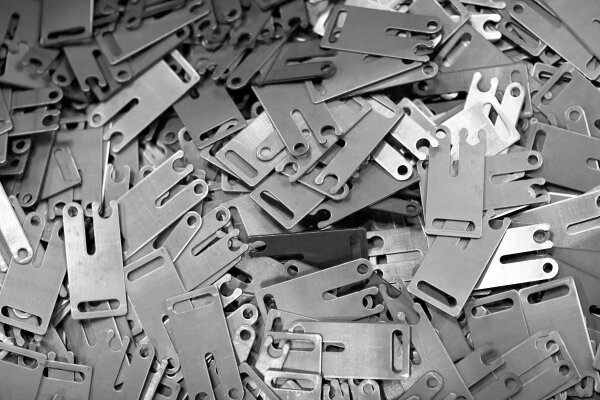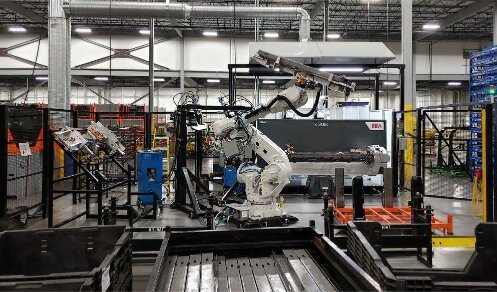Veel nieuwe producten mislukken al voordat ze op de markt komen. De reden hiervoor is vaak een slechte ontwikkelingsplanning. Teams haasten zich naar de productie zonder ideeën te testen of de functionaliteit te verifiëren. Prototypeontwikkeling helpt deze risico's te vermijden. Het stelt teams in staat om ideeën vroegtijdig te testen, giswerk te verminderen en vertrouwen op te bouwen in het productontwerp voordat er wordt geïnvesteerd in massaproductie.
Prototypen helpen je om in een vroeg stadium betere beslissingen te nemen. Het bespaart tijd, voorkomt verspilling en vergroot je kansen op een succesvolle lancering. Laten we eens kijken hoe dit werkt.
Wat is een prototypeontwikkeling?
Prototypeontwikkeling is het proces waarbij een idee wordt omgezet in een fysiek model dat kan worden getest. Het helpt bij het controleren van vorm, pasvorm en functie. Deze stap bespaart tijd, verlaagt de risico's en geeft een duidelijke richting aan voor de uiteindelijke productie.
Dit proces begint vaak met een tekening of 3D-model. Van daaruit wordt een proefmodel gemaakt met basisgereedschap of snelle methoden. Je streeft hier niet naar perfectie. Het doel is om te bepalen of het idee succesvol kan worden geïmplementeerd in de echte wereld.
Met prototypes kun je het ontwerp, de functie en de bruikbaarheid testen. Ze helpen je om fouten in een vroeg stadium te vinden en ze te herstellen voordat je meer tijd of geld uitgeeft.
Ze helpen je ook om het idee aan anderen te laten zien. Of het nu voor interne beoordeling is of om feedback van klanten te krijgen, een fysiek monster maakt dingen duidelijk. Het is makkelijker om een product te verbeteren als je het kunt aanraken en testen.
Soorten prototypes
Prototypes zijn er in verschillende vormen. Elk type dient een ander doel tijdens de productontwikkeling. De juiste keuze hangt af van wat je moet testen.
Proof-of-Concept Prototypes
Deze zijn gebouwd om te testen of het basisidee werkt. Ze lijken niet op het uiteindelijke product. Ze richten zich op één kernfunctie of functie. Als je bijvoorbeeld een slim slot ontwerpt, kan dit type alleen het sluitmechanisme testen.
Proof-of-concept prototypes helpen bij het beantwoorden van één vraag: kan het werken? Ze zijn meestal eenvoudig, goedkoop en gemakkelijk te maken.
Functionele prototypes
Deze testen hoe het product presteert bij echt gebruik. Ze omvatten werkende onderdelen, bewegende delen of elektronica. Het doel is om de prestaties, sterkte of betrouwbaarheid te controleren.
Ze zien er misschien niet gepolijst uit, maar ze lijken qua functie dicht op het echte product. Gebruik ze om de bruikbaarheid, veiligheid en het gedrag van het product te testen.
Visuele prototypes
Deze richten zich op het uiterlijk van het product. Ze worden gebruikt om vorm, grootte, kleur en afwerking te tonen. Ze hoeven niet te werken. Het gaat erom de stijl en ontwerpdetails te controleren.
Teams gebruiken deze om producten te laten zien aan klanten of marketingteams. Ze helpen bij het verzamelen van feedback voordat ze verder gaan.
Gebruikerservaring (UX) Prototypes
Deze worden gebouwd om te testen hoe gebruikers met het product omgaan. UX-prototypes kunnen digitaal of fysiek zijn. Het doel is om te zien of mensen het product gemakkelijk kunnen gebruiken.
Je kunt de lay-out, de plaatsing van knoppen, het gebruiksgemak of de schermflows testen. Dit helpt problemen met de bruikbaarheid in een vroeg stadium op te sporen. Het verbetert ook de algehele gebruikerservaring voor de uiteindelijke productie.
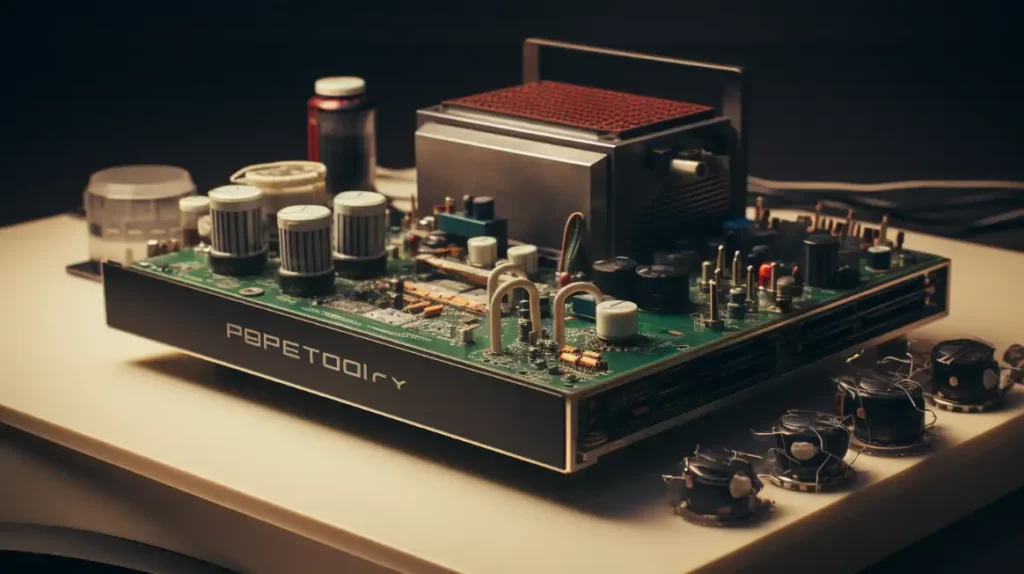
Het ontwikkelingsproces van het prototype
Het ontwikkelingsproces gaat stap voor stap van idee naar testbaar model. Elke stap helpt het ontwerp te verbeteren en fouten te voorkomen.
Ideeënvorming en conceptualisering
Hier begint het idee. Je definieert het doel en de basiskenmerken van het product. Schetsen, notities of mockups helpen om het concept uit te leggen.
Het doel is om de essentie van het idee vast te leggen. Het hoeft niet perfect te zijn, net duidelijk genoeg om verder te gaan.
Ontwerp en planning
Nu zet je het concept om in gedetailleerde ontwerpen. CAD-modellen worden vaak gebruikt om vormen, afmetingen en assemblage in kaart te brengen.
Je beslist ook hoe het prototype wordt gemaakt. Dat houdt in hoe de onderdelen met elkaar verbonden worden, hoe ze bewegen en wat er getest moet worden.
Materiaal- en gereedschapsselectie
Je kiest de juiste materialen voor het bouwen van het prototype. Dit hangt af van wat je wilt testen - functie, gevoel of uiterlijk.
Je beslist ook welke machines of gereedschappen nodig zijn. Veel voorkomende keuzes zijn 3D-printen, CNC-bewerking of lasersnijden.
Het prototype bouwen
In dit stadium wordt het eigenlijke model gemaakt. De onderdelen worden gemaakt, gevormd en geassembleerd tot een complete eenheid.
Soms is er meer dan één poging voor nodig. Vroege versies kunnen ruw zijn. Dat is normaal. Elke build helpt om te ontdekken wat werkt en wat er moet veranderen.
Testen en iteratie
Eenmaal gebouwd, wordt het prototype getest. Je controleert de grootte, kracht, beweging of andere belangrijke functies.
Vervolgens verzamel je feedback en breng je wijzigingen aan. Deze cyclus herhaalt zich totdat het prototype voldoet aan de doelstellingen van het project.
Stadia in prototyping
Prototypes doorlopen stadia naarmate ze vorderen in de richting van de uiteindelijke productie. Elke fase helpt bij het testen van verschillende onderdelen van het ontwerp.
Alfa-fase
Het alfaprototype is de eerste volledige versie. Het combineert alle belangrijke functies, maar is mogelijk niet opgepoetst.
Het wordt gebruikt voor interne tests. Je controleert de basisfuncties, de pasvorm en de bouwkwaliteit. In dit stadium worden veel problemen verwacht.
Bètafase
Het bètaprototype lijkt meer op het uiteindelijke product en werkt ook beter. Het wordt gedeeld met externe testers of geselecteerde gebruikers.
Feedback uit deze fase helpt bij het verbeteren van de gebruikerservaring, prestaties en betrouwbaarheid. Het helpt ook om problemen op te sporen die je team misschien over het hoofd heeft gezien.
Proefstadium
De pilot is bijna de definitieve versie. Er worden definitieve materialen en productiemethoden gebruikt. Deze fase helpt bij het testen van het productieproces.
Het wordt gebruikt voor kleine series om te controleren of de productie klaar is om te schalen. Eventuele laatste fixes worden hier gemaakt voor de volledige lancering.
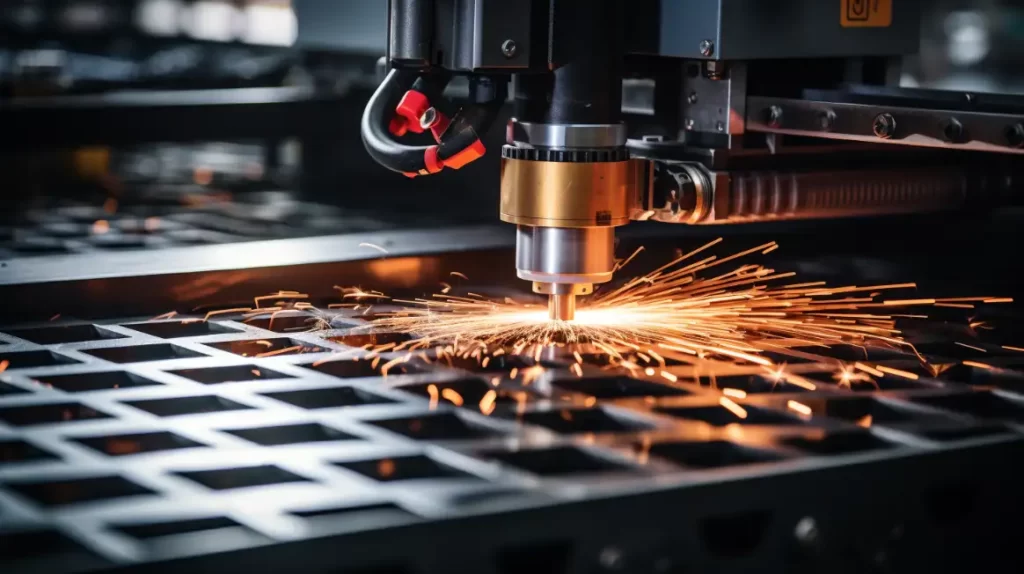
Gebruikelijke prototypingtechnieken
Er zijn veel manieren om een prototype te bouwen. De methode die je kiest hangt af van wat je moet testen, je budget en je tijdlijn.
3D afdrukken
3D printen is snel en flexibel. Het bouwt onderdelen laag voor laag op vanuit een digitaal bestand. Het is uitstekend voor het testen van vormen, maten en basispassen. Het is ook handig om snelle wijzigingen aan te brengen tijdens de eerste fasen van de ontwikkeling.
CNC-bewerking
CNC-bewerking snijdt onderdelen uit massieve blokken materiaal. Het biedt een hoge precisie en een goede oppervlakteafwerking. Deze methode is ideaal als je nauwkeurige metalen of kunststof onderdelen nodig hebt om de functie of sterkte te testen.
Plaatwerk Fabricage
Deze techniek wordt gebruikt voor onderdelen van dunne metalen platen. Het omvat snijden, buigenen monteren. Het werkt goed voor dozen, behuizingenen frames. Met deze methode kun je zowel de structuur als de assemblage testen.
Spuitgieten voor prototypes
Spuitgieten houdt in dat materiaal in een mal wordt gespoten om onderdelen te maken. Het wordt meestal later in de ontwikkeling gebruikt om grote series of definitieve materialen te testen. Het levert onderdelen van hoge kwaliteit op die voldoen aan de productiespecificaties. Het is handig om te controleren hoe een product in de praktijk presteert.
Prototyping voor verschillende sectoren
Elke branche heeft zijn eigen behoeften en normen. Prototyping helpt om aan deze behoeften te voldoen voordat wordt overgegaan op productie.
Consumentenelektronica
Prototypes op dit gebied richten zich op grootte, ontwerp en gebruikersinteractie. Het is essentieel om te testen hoe apparaten aanvoelen in de hand en hoe gebruikers omgaan met knoppen, schermen of poorten. Kleine afmetingen en kleine toleranties zijn standaard. Snel testen helpt de time-to-market te verkorten.
Medische apparaten
Hier komen nauwkeurigheid en veiligheid op de eerste plaats. Prototypes helpen bij het testen van pasvorm, comfort en functie. Ontwerpen moeten vaak worden goedgekeurd door regelgevende instanties. Vroeg testen helpt om aan die strenge normen te voldoen. Materialen moeten ook voldoen aan regels voor hygiëne en biocompatibiliteit.
Auto-onderdelen
Auto-onderdelen moeten voldoen aan zowel sterkte- als veiligheidseisen. Prototypes testen hoe onderdelen presteren onder spanning, hitte of beweging. Je kunt ook controleren hoe onderdelen in elkaar passen in het grotere systeem. Dit is essentieel voor de uiteindelijke montage en duurzaamheid.
Ruimtevaart onderdelen
Prototypes voor de ruimtevaart moeten licht, sterk en precies zijn. Fouten kunnen kostbaar zijn. Prototypes helpen bij het controleren van toleranties, materiaalgedrag en prestaties onder extreme omstandigheden. Testen omvat vaak simulaties en stresstests voordat ze in de echte wereld worden getest.
Industriële apparatuur
Op dit gebied zijn functie en betrouwbaarheid het belangrijkst. Prototypes testen hoe machines bewegen, lasten heffen of hanteren. Ontwerpen zijn vaak groot en complex. Prototypes helpen om zwakke plekken op te sporen voordat de productie start.
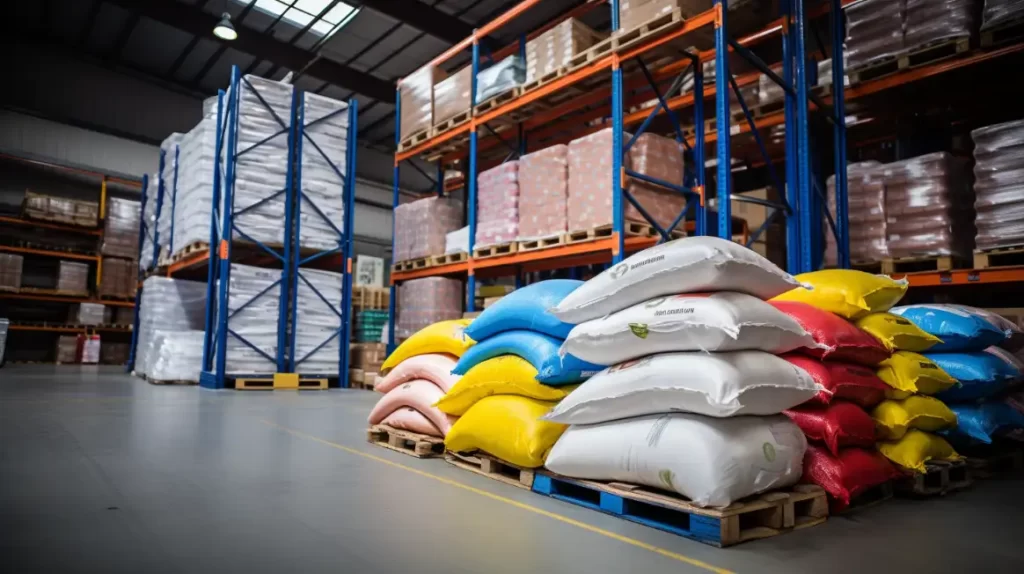
Beste praktijken voor effectief prototypen
Goede planning en duidelijke doelen kunnen tijd besparen en resultaten verbeteren. Deze best practices helpen om het prototyping proces soepeler en nuttiger te maken.
Duidelijke doelen stellen
Bepaal voordat je iets bouwt wat je wilt leren of bewijzen. Test je functie, grootte of gebruikersinteractie?
Duidelijke doelen helpen je om de juiste hulpmiddelen, materialen en methoden te kiezen. Ze houden je team ook gefocust op wat het belangrijkst is.
Snelheid en kwaliteit in evenwicht brengen
Prototypes hoeven niet perfect te zijn. Snelheid is belangrijk in het beginstadium, maar negeer kwaliteit niet bij het testen van functie of pasvorm.
Kies methoden die gunstige resultaten opleveren zonder je te veel te vertragen. Vind de juiste balans tussen snel bouwen en betrouwbare resultaten.
Feedback van gebruikers verwerken
Echte gebruikers bieden inzichten die ontwerpteams misschien over het hoofd zien. Laat gebruikers het prototype vroeg en vaak testen.
Luister naar wat ze zeggen, kijk hoe ze het gebruiken en zoek naar pijnpunten. Pas vervolgens het ontwerp aan om de prestaties of het gebruiksgemak te verbeteren.
Het proces documenteren
Houd elke versie en wat je leert duidelijk bij. Aantekeningen, foto's en testresultaten helpen veranderingen bij te houden en de gemaakte beslissingen uit te leggen.
Dit maakt het gemakkelijker om terug te gaan, het ontwerp te verfijnen of de voortgang uit te leggen aan anderen in je team.
Conclusie
Prototypeontwikkeling is een stap-voor-stap proces om een idee om te zetten in een functioneel model. Het helpt bij het testen van de functie, vorm en gebruikerservaring voordat het product volledig in productie wordt genomen. Door de juiste hulpmiddelen te gebruiken en duidelijke doelen te stellen, kunt u risico's beperken, problemen vroegtijdig aanpakken en uw productlancering versnellen.
Op zoek naar een betrouwbare partner voor prototyping? Wij bieden snelle, nauwkeurige oplossingen om uw ideeën tot leven te brengen. Neem vandaag nog contact met ons op om je project te bespreken en een gratis offerte aan te vragen.
Hey, ik ben Kevin Lee

Lorem ipsum dolor sit amet, consectetur adipiscing elit. Ut elit tellus, luctus nec ullamcorper mattis, pulvinar dapibus leo.
Neem contact op

Kevin Lee
Ik heb meer dan tien jaar professionele ervaring in plaatbewerking, gespecialiseerd in lasersnijden, buigen, lassen en oppervlaktebehandelingstechnieken. Als technisch directeur bij Shengen zet ik me in om complexe productie-uitdagingen op te lossen en innovatie en kwaliteit in elk project te stimuleren.

